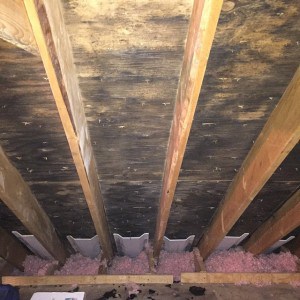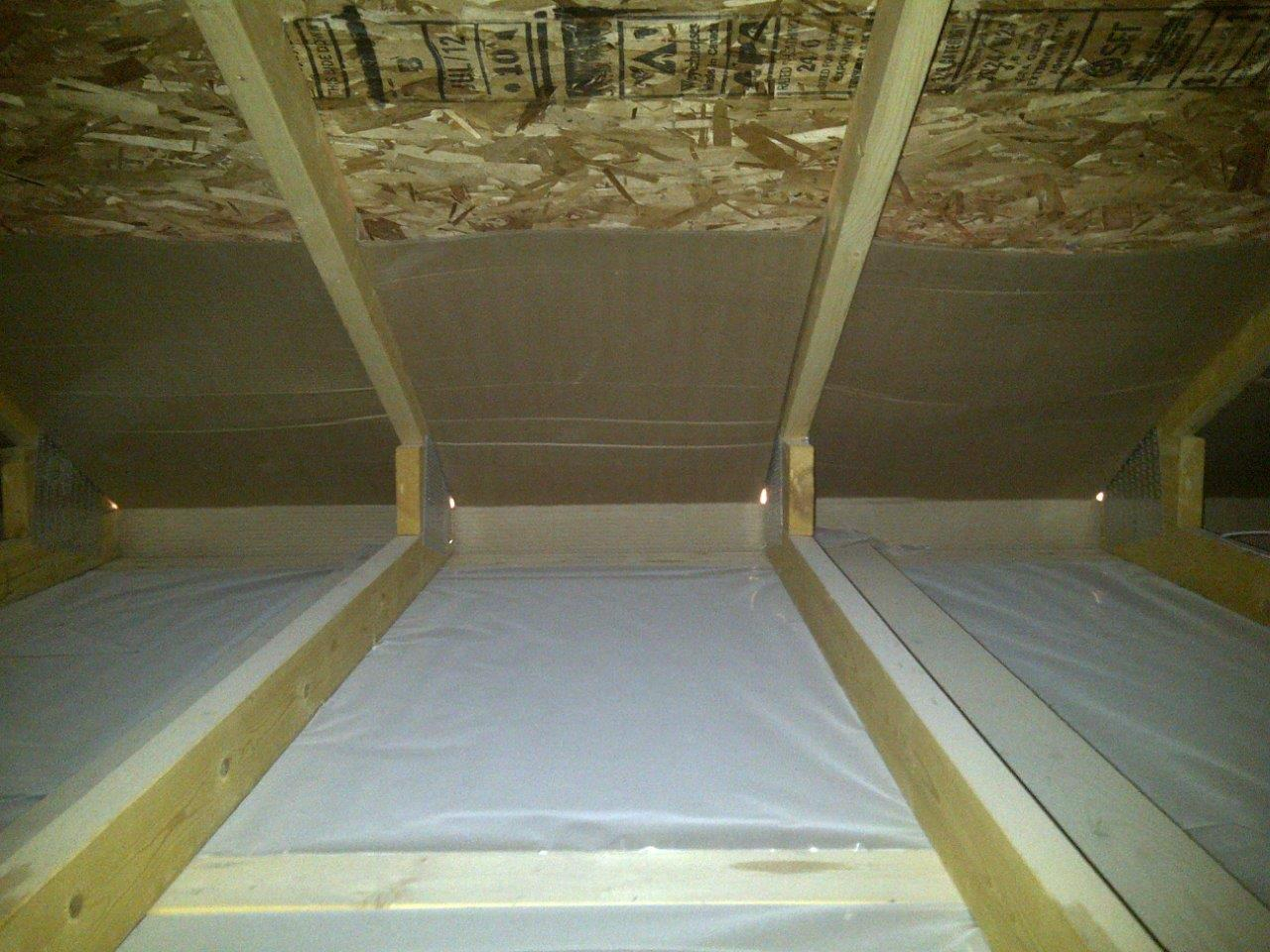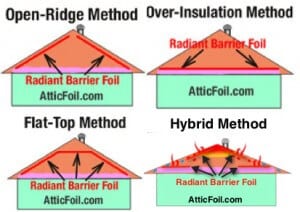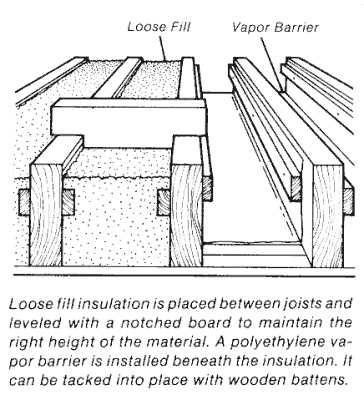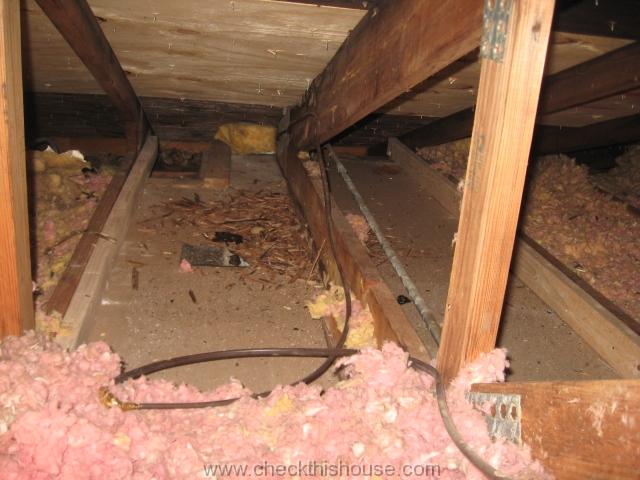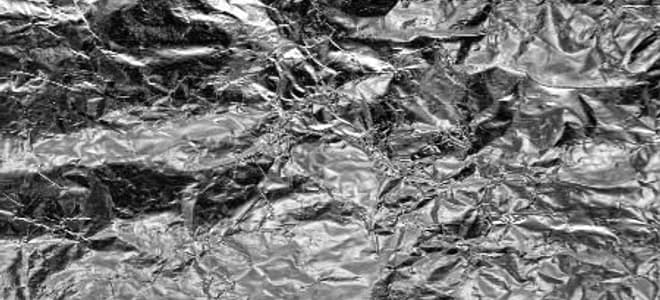Where Does Vapor Barrier Go In Attic

Vapor barriers are sheets of plastic or other material placed on one side of insulation sheets.
Where does vapor barrier go in attic. Even though we apply vapor barriers to exterior insulated walls in cold climates it s no longer recommended for ceilings floor of the attic. In the summer the reverse occurs. Warm humid air will move towards. It is frightening indeed that construction practices can be so dramatically.
Rose 1997 regales readers of this history. Over time this trapped moisture can rot the wood framing in your attic or cause mold and mildew to appear. Most authorities now agree that vapor barriers are important under certain conditions but not necessarily as a whole house solution for every home. If you put it on the right side where the humidity is it s not much of a vapor retarder.
Vapor barriers are also a cold climate artifact that have diffused into other climates more from ignorance than need. After the insulation is in place you will want to add a vapor retarder sometimes called a vapor barrier if you need one. Attic vapor barrier detail for cold climates. A vapor retarder is a material used to prevent water vapor from diffusing into the wall ceiling or floor during the cold winter.
On the other hand an air barrier a properly detailed air tight drywall ceiling for example in the absence of a vapor barrier can be effective since it stops the flow of vapor laden air. Not so asphalt saturated kraft paper. The wetter it gets the better it dries. Some debate still occurs over how necessary vapor barriers are but a consensus is growing closer.
Not every wall does. Adding a second vapor barrier could cause condensation to become trapped in the insulation between the two vapor barriers. In circumstances where conditions inside a home or office are much different than outdoor conditions water. The history of cold climate vapor barriers itself is a story based more on personalities than physics.
This essentially means that in the winter vapor inside your home will want to move into your attic where it is colder. Resolution of the vapor barrier debate. This barrier is meant to keep moisture from getting to the insulation in the walls and ceilings and it is required by building codes when insulating most houses. Because it s nearly impossible to seal penetrations in the ceiling the reality is water vapor will get into the attic.
What role does a vapor barrier play. A vapor barrier in an attic assembly in a severely cold climate with the absence of an air barrier will likely be ineffective. Joe says in the article plastic vapor barriers really are vapor barriers when things get wet. In any case the vapor barrier must point to the warm side.

